Low-iron glass
Making a clear difference
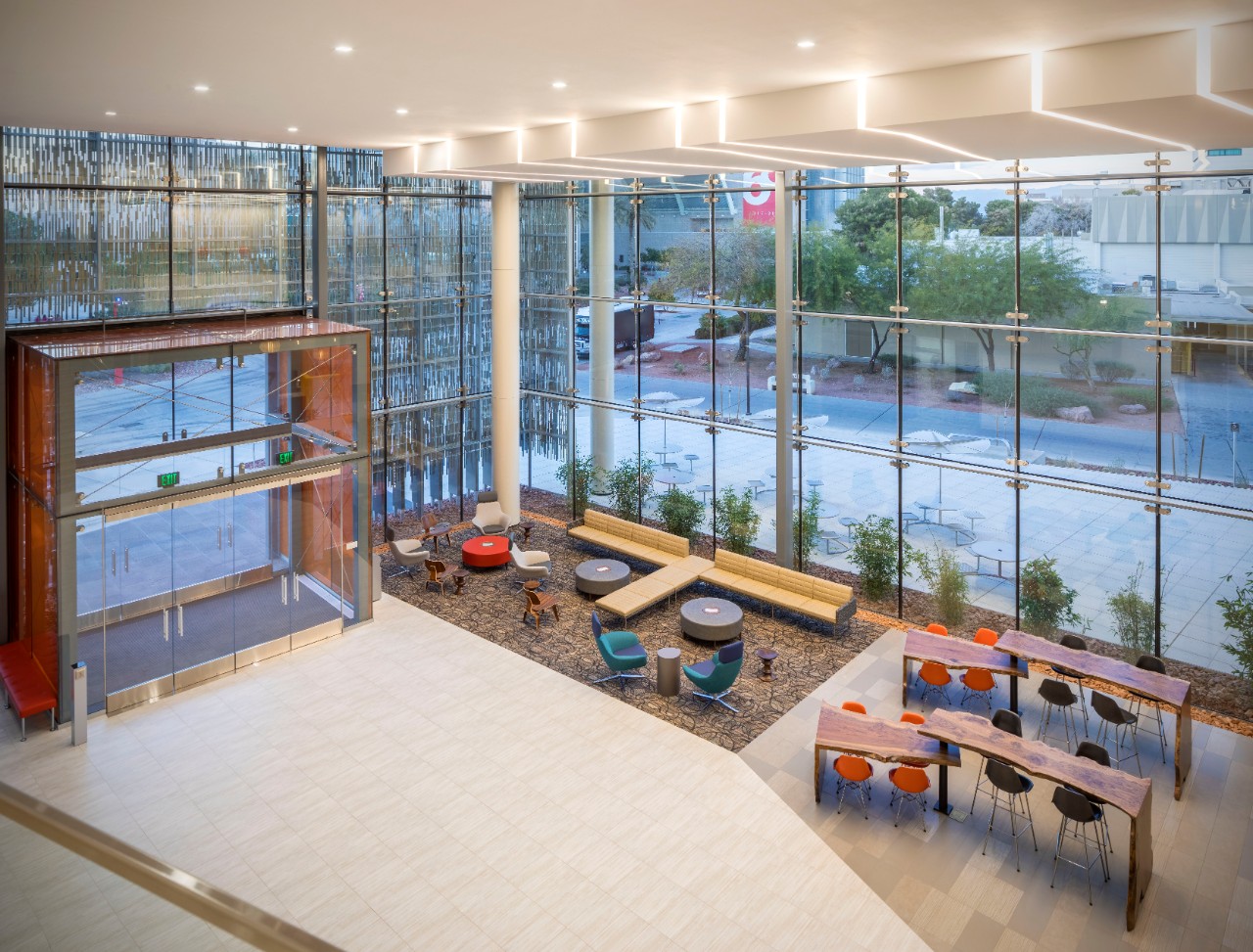
Low-iron glass is float glass which, as its name suggests, has a low iron content that provides an exceptionally clear and neutral color to the glass. While versatile for a wide range of applications, it is primarily used as a base glass for architectural, interior, and specialized uses where a clear and crisp appearance is desired.
- What are the benefits of low-iron glass?
- What is low-iron glass and how is it made?
- Mid-iron, low-iron, extra-clear, ultra-clear glass - what’s the difference?
- Size & thickness of low-iron glass sheets
- Applications of low-iron glass
- Projects made with low-iron glass
- Our low-iron glass product solutions
What are the benefits of low-iron glass?
Clarity
Low-iron glass has a higher level of transparency and clarity than standard float glass due to its reduced iron content. This means that objects seen through low-iron glass appear more vibrant and true to their natural colors.
Light transmission
Low-iron glass has a higher light transmission than standard glass. This makes it ideal for use in applications where natural light is important, such as in glazed facades, double skin facades, and solar panels.
Aesthetics
The reduced iron content in low-iron glass also reduces the greenish tint that is often visible in regular glass, especially when looking at the edges of the glass, giving it a more elegant and sophisticated appearance. This makes it an ideal choice for applications where a clean look is important, such as in architectural projects and decorative glass applications.
Performance
Just like standard glass, low-iron glass can be further processed into laminated or coated glass to add security, solar control, or thermal insulation properties.
What is low-iron glass and how is it made?
Low-iron glass is made in a similar way to standard float glass, but the raw materials used to produce it contain less iron than the raw materials used for standard float glass. In this short video, we explain the process of producing float glass.
Logiform
Did you like this video? If you want to learn more about glass in a fun and interactive way, connect to our Training Center via the Resource Hub.
Our low-iron glass product:

Low-iron glass can help bring the wow factor to your architectural or interior design project.
Mid-iron, low-iron, extra-clear, ultra-clear glass - what’s the difference?
Mid-iron and low-iron glass are types of float glass that have a reduced iron content, but to different levels, and are therefore clearer and more color-neutral than standard float glass, but also to a different extent, low-iron glass being the clearer and more transparent.
Guardian UltraClear™ low-iron glass offers outstanding clarity and an ice blue edge. You can compare its values with those of our Guardian ExtraClear™ mid-iron glass, particularly:
- the visible light transmittance %, or the portion of the visible light that passes through the glass
- the Color Rendering Index (CRI), which indicates how faithful the colors of an object seen through the glass are to its true color - 100 being the most consistent.
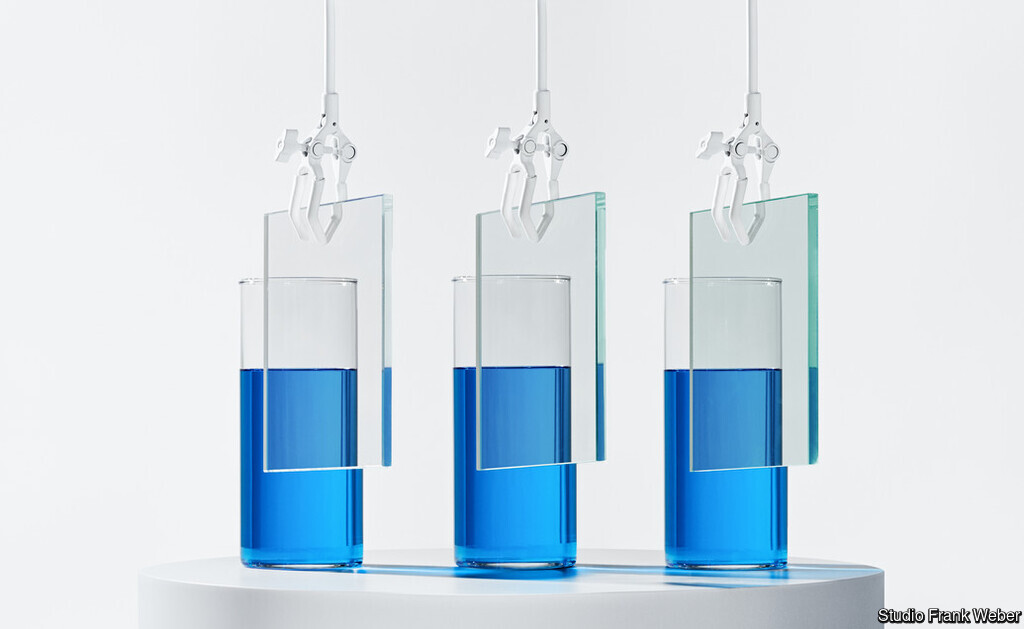
On the picture from left to right: Guardian UltraCear™ low-iron glass, Guardian ExtraClear™ mid-iron glass, and Guardian Clear float glass.
Size and thickness of low-iron glass sheets
Guardian UltraClear™, our low-iron float glass, is available in jumbo size (130’’ x 240” in the Americas, 3 x 6 m in Europe and Africa Middle East), and in thicknesses of 2.3 to 12 mm in the Americas, and 3 to 15 mm in the other regions. For more information on the product, go to the product page.
Can low-iron glass be coated for specific applications?
Just like standard float glass, low-iron glass can be laminated or coated to provide solar control, thermal insulation and/or security properties. When used as a base glass for coated glass, it can offer a clearer look compared to the same coating applied on standard float glass. It is particularly beneficial when the base glass needs to be thick for structural or security reasons.
It can be combined with a variety of decorative coatings to create acid-etched privacy glass, true image reflectance mirror glass, or painted glass with a shiny opaque appearance.
Guardian UltraClear low-iron glass is also the standard base glass for our Guardian Clarity™ Neutral anti-reflective glass product. The high transmission and neutrality of the product combined with the anti-reflective properties of the coating creates an almost perfect viewing experience.
👉 Expert talk
"There are two important differences compared to standard float glass that are important to take into consideration when using low-iron glass:
When tempering low-iron glass: due to its higher transparency, it absorbs less energy than standard glass, therefore the tempering furnace cycle time needs to be adapted (increased).
A high-performance coating can have a slightly different appearance when applied on low-iron glass compared to standard or mid-iron glass. The thicker the glass, the more important the difference will be. It is therefore always recommended to compare samples or to visualize a real size mock-up."
Want to know more about glass?
Guardian Glass offers you a wealth of technical notes, tools and online learning to enhance your knowledge about glass and help you specify the most appropriate glass for your project. Visit our Resource Hub to learn more!
Applications of low-iron glass
Low-iron glass is the base glass for many applications. It can be further processed to provide enhanced performance, aspects or shapes, whether for interior design or exterior architectural applications.
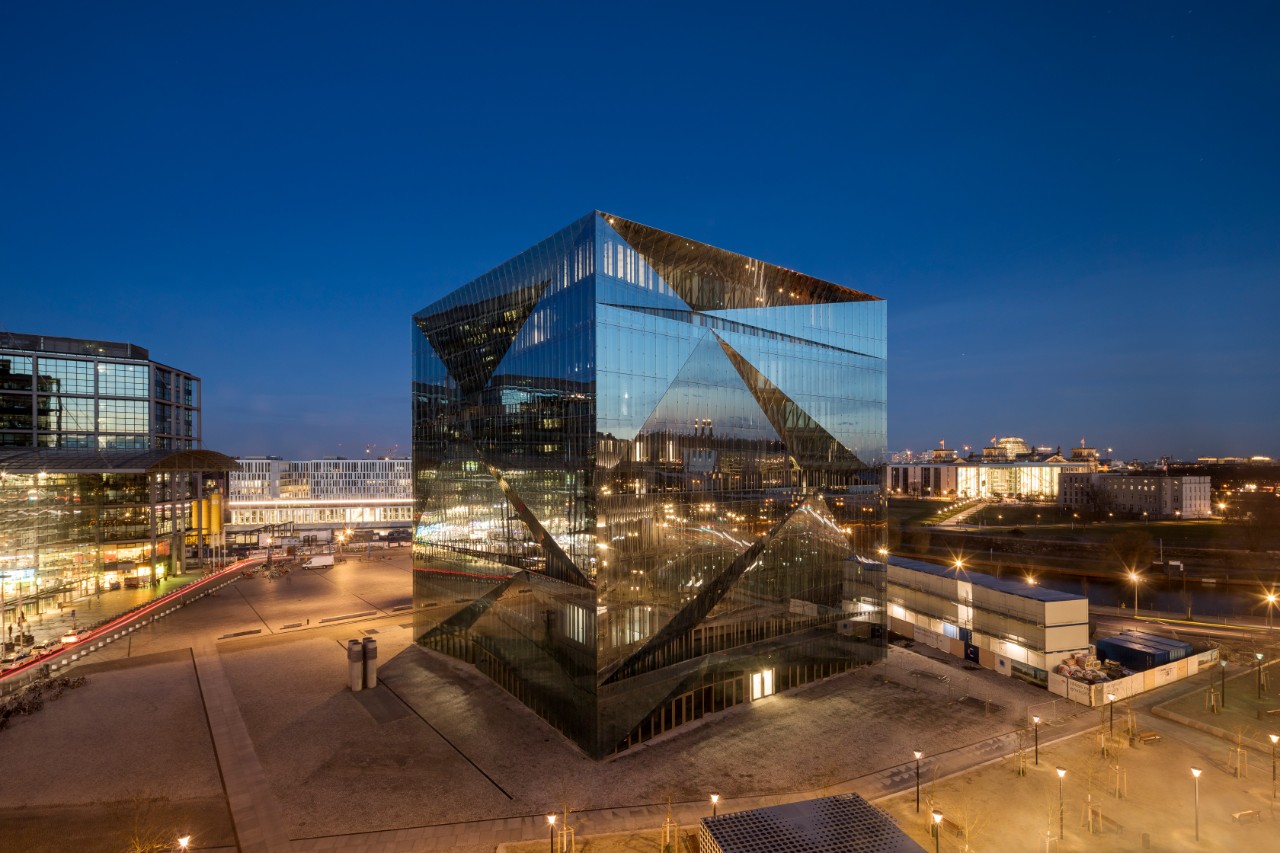
Curtain walls
Low-iron glass can be coated with high performance coatings to curtain wall façades with a neutral, crystal clear look, as well as a higher level of light transmission compared to standard float glass with similar coatings. Its use is especially interesting in double skin facades to help keep high natural light transmission despite the number of glazings and their thickness.
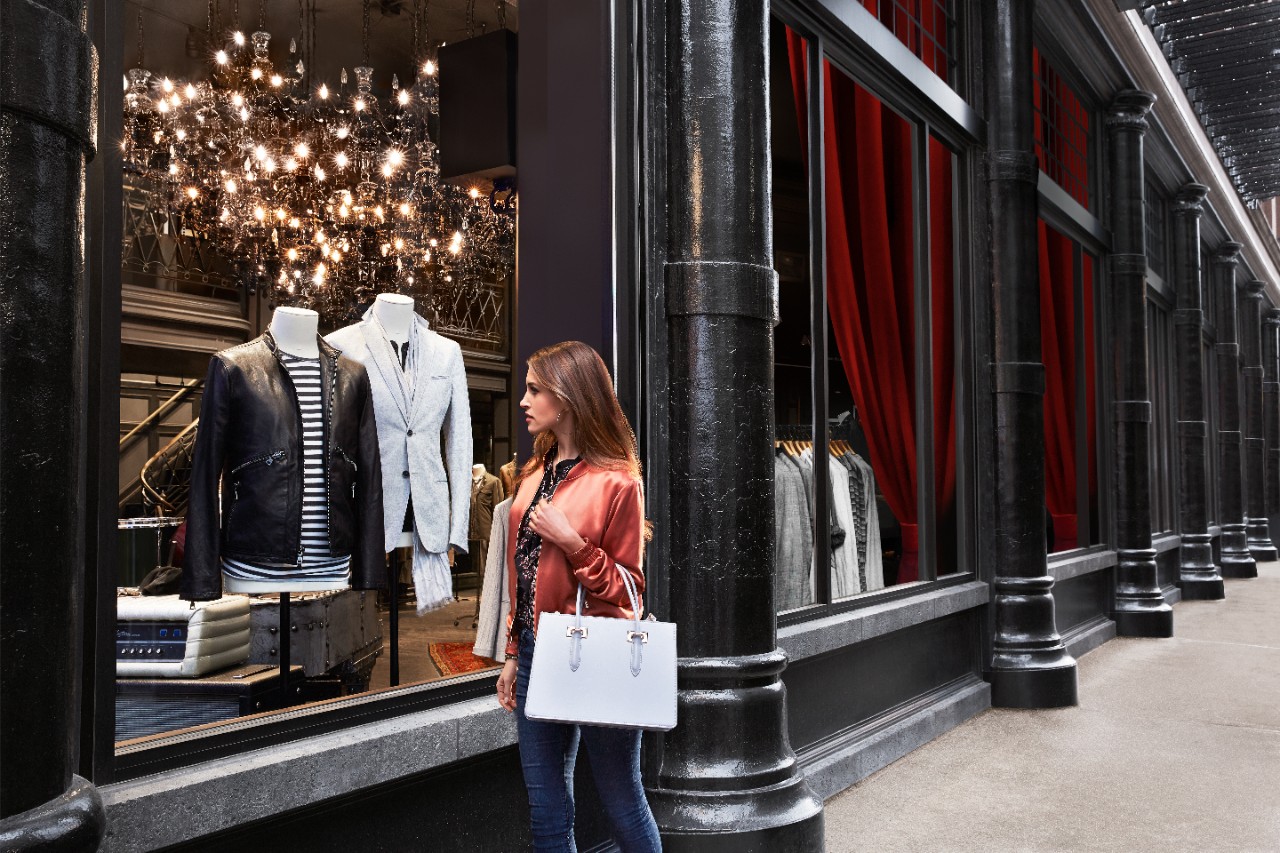
Storefronts
Due to its higher light transmission and color neutrality, low-iron glass allows a true view with natural colors to goods on display behind storefront glass.

Partition glass
Using low-iron glass for partitions can increase the feeling of openness and the amount of natural light that enters a room thanks to its high light transmission. Due to the neutrality of low-iron glass, the partitions are highly transparent, providing a very clean, sophisticated look.
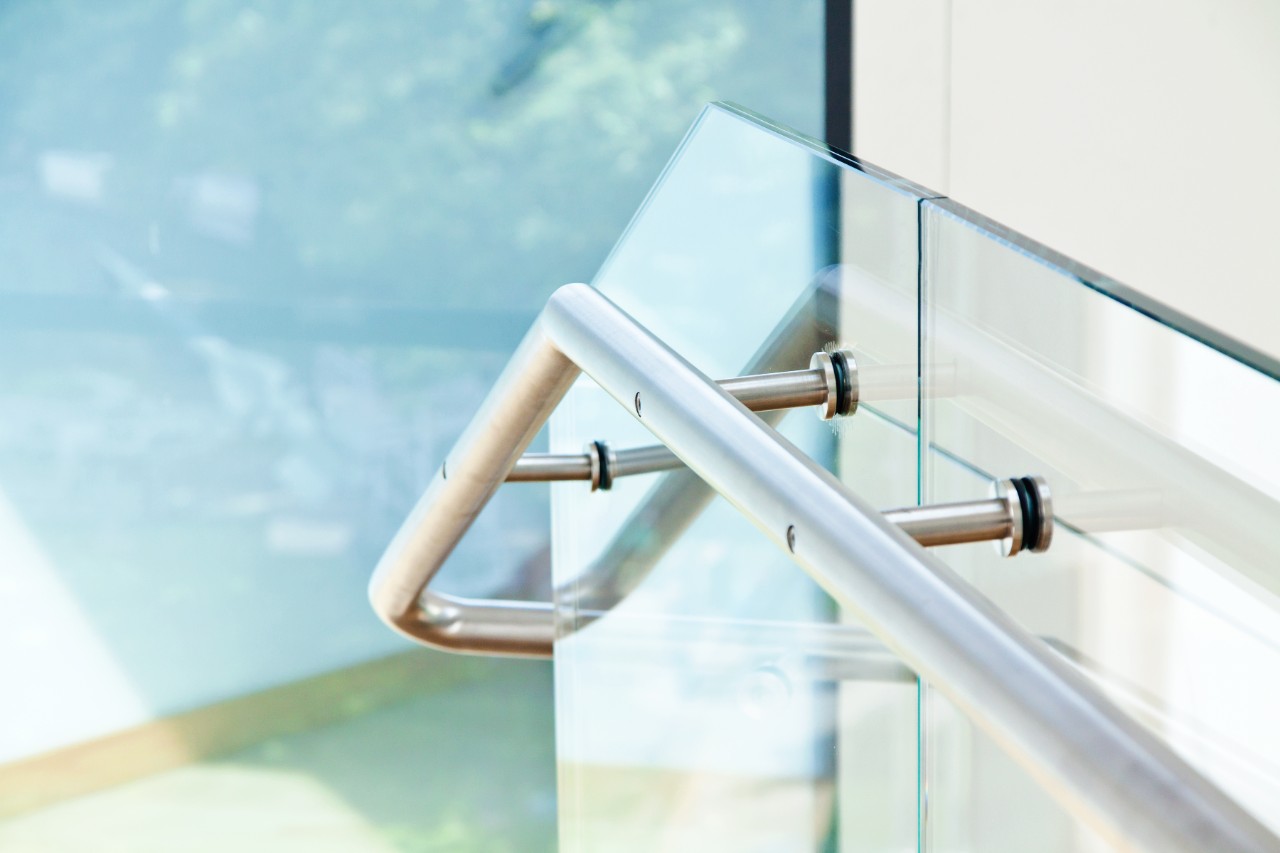
Balustrades and flooring
Balustrades and flooring require laminated glass for structural and security reasons. However, the thicker the glass assembly, the more you can see the slightly greenish tint of standard float glass. Using low-iron glass for these types of applications allows this greenish effect to be reduced, and to have a true view through floors or balustrades that seem to disappear into their environment.
Some of our projects made possible with low-iron glass:
Visit our project section to discover more projects made with Guardian UltraClear low-iron glass.
Why choose Guardian Glass?
Guardian Glass are experts in the creation and application of glass – constantly developing new glass technologies and techniques to deliver performance glass solutions all around the world. We’re focused on expanding the boundaries of what can be achieved with glass. From landmark architectural projects to home interiors and retail spaces. This means we work hand in hand with our partners and customers across the supply chain to ensure exactly the right outcome. In other words, when it comes to glass, we help you see what’s possible.
Our low-iron glass product solution
-

Guardian UltraClear®
Guardian UltraClear® is a low-iron glass with a brilliantly clear, neutral color that offers incredible aesthetic benefits. It can be used for any application, but is especially suited as a base glass for architectural, interior and specialty applications.
See more
Whether you're drawing skyscrapers, remodling homes or designing a new project, our team of glass experts is ready to help you find the right glass for your project.


